Disclaimer: Soccer Whizz is a participant in the Amazon Services LLC Associates Program, an affiliate advertising program designed to provide a means for sites to earn advertising fees by advertising and linking to Amazon.co.uk (source: Section 5). As an Amazon Associate I earn from qualifying purchases.
Many people can confidently attest that soccer is a very physically demanding sport.
Although sequences of play aren’t as frantically-paced and end to end when compared to basketball, the high intensity of the game does tend to take a toll on those competing.
Even though professional soccer players are equipped to endure 90 minutes of vigorous physical activity, they are still prone to picking up discomforting cramps and body strains.
The aforementioned point is quite often seen in prestigious cup competitions like latter stages of the UEFA Champions League or the FIFA World Cup, where fixtures can progress deep into extra time.
With that said, today’s article will seek to explore the logic behind why these athletes cramp up during matches.
As always, we’ll start by offering a rather concise answer summary…
Soccer players get cramps during competitive fixtures for a variety of reasons. Most typically, cramps are a result of the human body losing significant amounts of sodium and potassium through sweating due to the intensity of play, which subsequently causes pain in the muscles.
Let’s now investigate this topic further.
Reasons why soccer players cramp
There aren’t many situations more discomforting than having your hamstring or calf muscle cramp up unexpectedly just as you were about to go for another lung-busting sprint.
Your average Sunday league soccer player could easily attribute their cramping to a lack of fitness, but things get a little more complicated when a super-conditioned professional athlete experiences the same.
Here’s the major cause of this problem.
1. Loss of sodium in the body through sweating
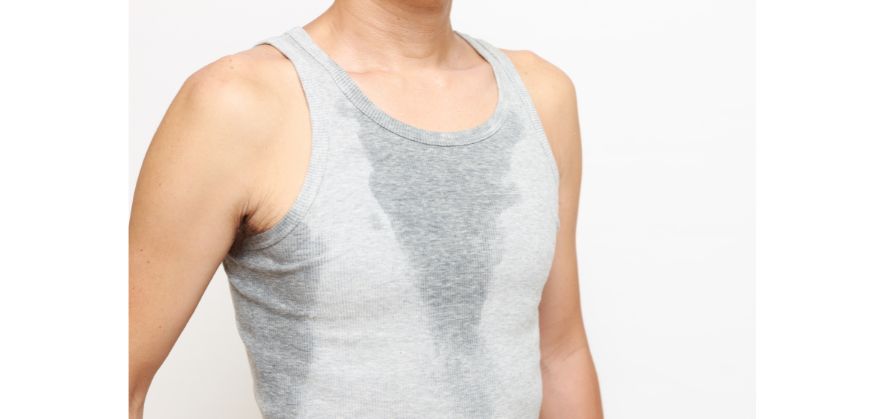
Soccer players performing at the very highest level tend to sweat a lot during matches.
You’d expect their bodies to perspire a fair bit, particularly because of how physically involving games at this level of the sport can be!
Interestingly enough, this process of sweating results in the athlete’s body losing a lot of sodium.
And in the process, the lack of salt present in fatigued muscles increases the possibility of said muscles spasming out or painfully contracting during periods of activity.
This is actually backed up by Southampton Football Club’s former Director of Performance Support, as he pointed out a cramping situation with one of their former players – Adam Lallana.
Southampton were – and still are – a team known for their pressing intensity and Lallana was one of the players who used to lead those phases of play from the attacking midfield position.
He used to sweat out a lot of salt during games and they figured out that a loss of sodium was causing him to cramp up when it came to the final stretch of Premier League matches.
Here’s what Mo Gimpel (Southampton’s former Performance Support Director) had to say about this:
“The first place I’d look at is salt – how much salt are you sweating out during games? We had players in the past – Adam Lallana was one of them – who sweated a lot of salt. It took us a while to get on top of it but we added a little salt to his pre-match drink and it sorted it out. Taste your sweat – if it tastes salty you’re probably a salty sweater.”
Source – FourFourTwo
2. Muscle constriction from soccer gear
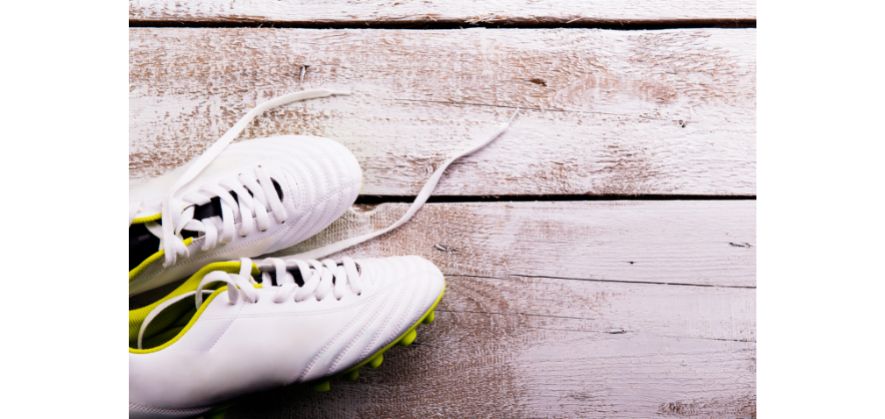
Strangely enough, another possible cause of cramping for soccer players comes from the gear that they wear before games commence.
Inadequate blood supply brought about by narrowing of the arteries that deliver blood to your lower and upper legs can cause cramp-like pain when you exercise.
You may think it’s harmless to tie your shin pads or laces a little too tightly, but this can actually affect blood flow to muscles in your body that need lots of this circulation.
So, you can make a simple change here by doing things such as:
- Stretching out your socks a tad more before wearing them; or
- Loosening your shoe laces a little
3. Poor fitness levels
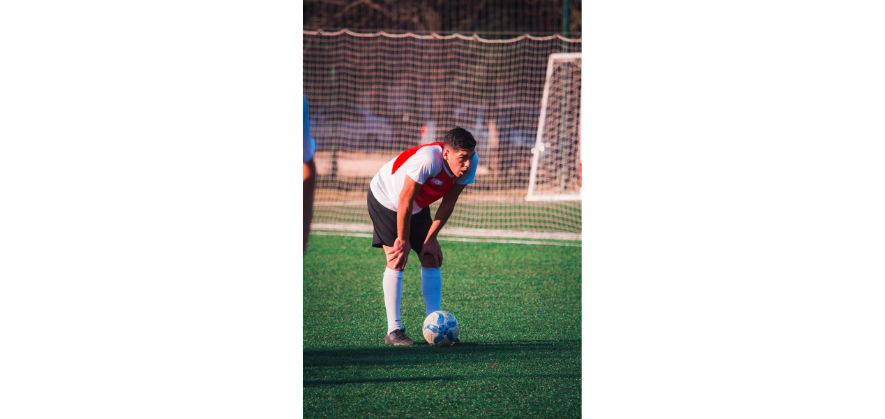
Thirdly, low fitness levels or inadequate body conditioning prior to engaging in physical activity can cause muscles to cramp up without notice.
You’ll often see professionals pulling up on the pitch after the 80th minute mark when they haven’t competed in a long while.
This is quite common with players coming back from long-term injuries that kept them out of action for months on end.
In a similar vein, players who aren’t used to competing on a regular basis are likely to have their muscles cramp up in extra time because their bodies just aren’t acclimatized to running up and down a field for 120 minutes.
How do soccer players treat cramps?
The prospect of picking up muscle cramps certainly doesn’t have to scare you away from playing the beautiful game.
With implementation of the right treatment procedures, you can get back to performing the sport you enjoy regardless of whether you’re an amateur or a seasoned veteran.
Here are some things you can do to get right back in to the swing of things…
Immediate and ample rest
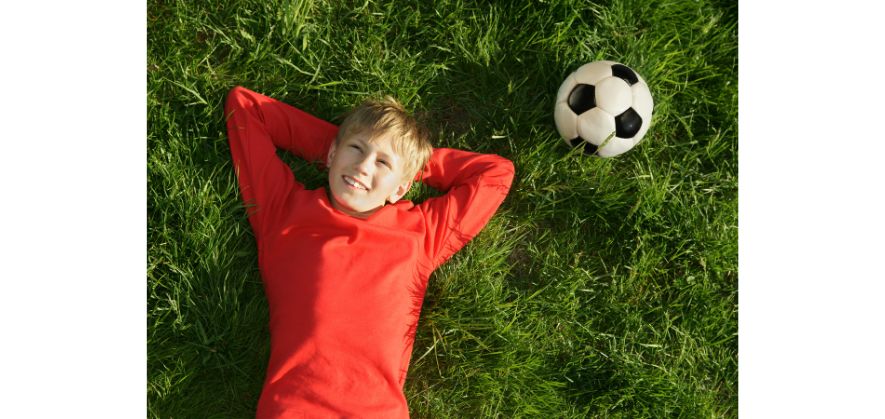
That’s right!
If you picked up some muscle cramp due to physical exertion while playing soccer, then the first thing you’re going to need to do is stop playing!
You don’t want to aggravate any existing pain by trying to carry on playing.
Take a breather for a couple of minutes and allow your body to recover from the strenuous activity that it was involved in not too long ago.
Lying down and elevating your legs
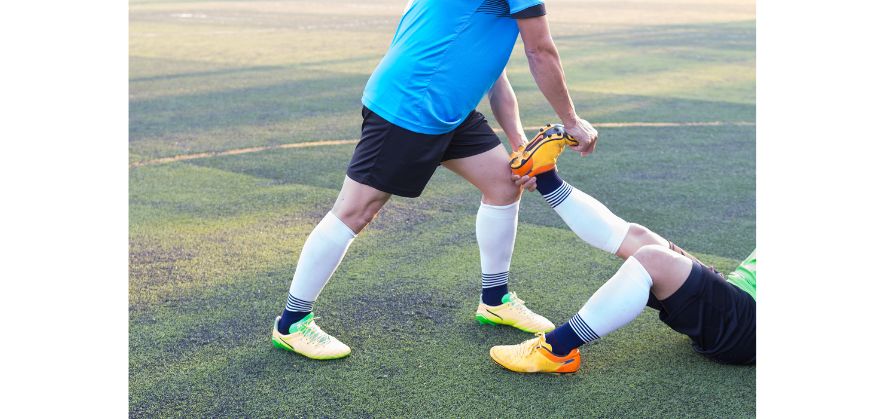
If you watch a lot of soccer on television, you’ll often see players lying on the ground and raising their cramped leg up.
Subsequently, a team mate or even a member of the opposition may show up and help them keep their affected leg elevated for a couple of minutes.
Here’s the purpose that this action serves:
“Elevating a limb, especially the legs, above the heart allows the blood to circulate back to the heart without fighting gravity. The heart still pumps blood to these extremities, but the stress on the heart is reduced. This helps to mitigate swelling and brings fresh and oxygenated blood to the limbs.”
Source – Center for Vascular Medicine
If keeping your leg in an elevated position doesn’t work for you, you could consider gentle stretching of the affected area as an alternative method of alleviating muscle cramp.
Hydrating with isotonic drinks containing electrolytes
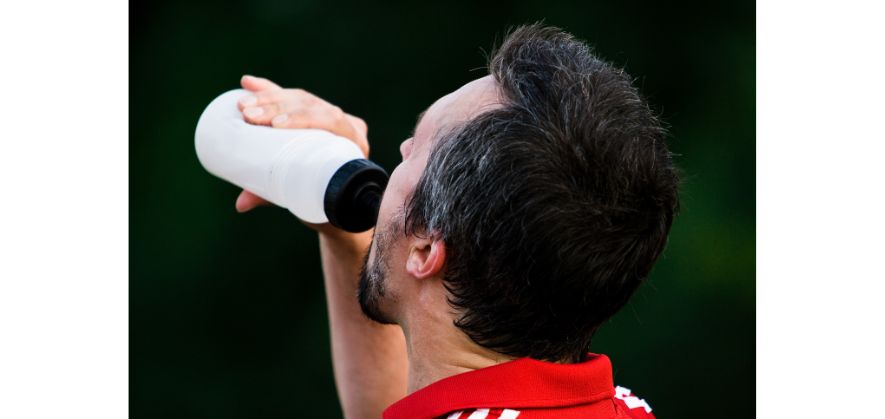
Another point you should implement is keeping yourself hydrated as you play.
You’ll see soccer players doing this even though they like to spit out water and other liquid drinks from their mouths during breaks in play.
Electrolyte-enhanced waters have a number of health benefits for soccer players such as preventing heat stroke, supporting nervous system function and most importantly improving exercise performance partly by helping muscles contract.
These sports drinks help replenish the minerals that the body loses due to engaging in intense physical activity.
So, you’d do very well to ensure you carry a bottle with you to any games that you’re scheduled to attend.
You can pick up quite a few excellent drink options on Amazon as well, which we’ve linked to below:
- Lucozade Sport Isotonic Drink Mixed Flavour Selection Box 12 x 500ml - Orange, Raspberry
- Product type: DRINK FLAVORED
- Brand: Lucozade
- Isorade Orange is engineered for performance. It help's to replenish fluids, electrolytes and carbohydrates that are lost through physical activity, aiming to help maintain your performance during and after exercise
- Hydrate your body with this Orange Isorade Sport's Drinks during and after exercise. They can also support your body's vital functions, such as muscle recovery and a healthy immune system function
- Isorade contains vitamins B6 & 12, which plays an important role in the body's energy production and can provide a boost in energy, alongside supporting bone health, healthy skin and strong hair
- Advanced mineral system
How do you prevent cramps while playing soccer?
Prevention is always better than cure.
You can put yourself in the position to rarely have to deal with muscle cramps as a soccer player by doing things like:
- Staying well hydrated during matches;
- Performing proper warm up exercises to get the muscles in your body ready prior to play; and
- Loosening up any soccer gear that you’re wearing such as cleats or socks
Additionally, have a look at the video below as it goes into quite a bit of detail on how you can prevent muscle cramps when playing soccer:
Closing thoughts
This article has comprehensively covered why soccer players tend to experience cramps when they compete.
It’s looked at major contributing factors; highlighted the ways in which you can deal with cramp when it arises, as well as talk about preventative measures that can help you stop cramp from springing up in the first place.
Now the onus is on you to digest and implement the pointers listed in this article.
Anyway, should you wish to read more about why soccer players do certain things in the sport, then check out our informational pieces on the following topics:
- Why soccer players wear sports bras underneath their jerseys;
- Why soccer players wear protective face masks;
- Why soccer players lie down behind the free kick wall;
- Reasons why soccer players kneel prior to kickoff; and
- Why soccer athletes walk out onto the pitch with children before matches start
If you enjoy the content that I create and would like to buy me a coffee, then I’d really appreciate it!
Any money that I earn through this donation will be re-invested into more content for this website.
Additionally, by sending in a donation you’ll also receive a copy of my recently released 190+ page eBook on Soccer Ball Care, as well as be subscribed to our mailing list where you’ll be regularly informed on the latest developments concerning the Soccer Whizz blog.
- Future Icons: Europe’s Emerging Midfield Maestros Set for Glory - December 4, 2023
- Kickstarting a Revolution: How Soccer Transformed the United States Over the Last Four Years - October 7, 2023
- 4-1-4-1 Soccer Formation [Analysis] - September 23, 2023




